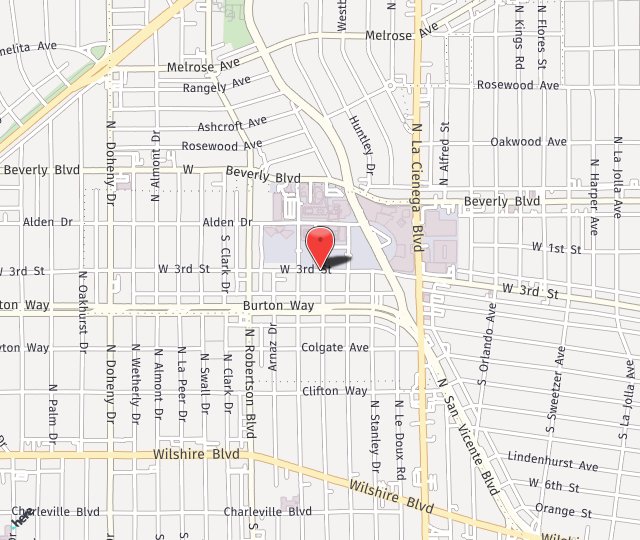Piriformis Syndrome

What is Piriformis Syndrome?
Located deep in the buttock, the piriformis muscle is one of six muscles that is responsible for lateral rotation (external rotation) of the hip. The piriformis muscle starts at the lower back and crosses over the sciatic nerve to insert onto the hip area. The sciatic nerve is responsible for movement of the foot and ankle and feeling along the back of the thigh and the circumferential leg and foot. In 17% of patients, branches of the sciatic nerve travel through rather than underneath the piriformis muscle. In Piriformis Syndrome, the piriformis muscle shortens or spasms and causes compression of the sciatic nerve.
What are the symptoms of Piriformis Syndrome?
With continued compression of the sciatic nerve, patients can develop buttock pain as well as pain, numbness, and tingling radiating down the back of the thigh and leg. In long-standing or severe circumstances, the nerve compression can lead to weakness or paralysis of the muscles moving the foot and ankle. Typically, this pain is worsened in the sitting position or when running.
What causes Piriformis Syndrome?
Risk factors for Piriformis Syndrome include activities that lead to repetitive use and/or spasm of the piriformis muscle, such as prolonged sitting or intense running. Repetitive contraction of the piriformis muscle narrows the muscular passageway and compresses the sciatic nerve even more. Additional causes may include buttock trauma.
How is Piriformis Syndrome diagnosed?
Piriformis syndrome can generally be diagnosed by the history and by physical exam looking for signs of tenderness along the buttock or weakness of the leg. The diagnosis can also be confirmed by looking for signs of nerve inflammation when the hip is flexed, abducted, and externally rotated. In situations where the diagnosis is unclear, a nerve conduction and muscle study can be ordered to obtain more information on the health of the sciatic nerve and its muscles. An MRI can provide a more detailed picture of the sciatic nerve and whether it is experiencing swelling near the piriformis muscle.
What are the treatments for Piriformis Syndrome?
Treatment of Piriformis Syndrome begins and ends with physical therapy. Patients will work with physical therapists on piriformis muscle stretching exercises, modifying their sitting and running activities, and strengthening the adjacent gluteus muscles. Medical management with non-steroidal anti-inflammatory drugs and/or steroids may be useful in alleviating muscle swelling and pain. Patients who are not making gains over several months are advised to undergo surgical treatment. In this procedure, a decompression is performed of the sciatic nerve. Space is created for the sciatic nerve by releasing and removing tight portions of the piriformis muscle. The goal is to provide space for the sciatic nerve and its blood supply, giving it a chance to regenerate. Doing so in a timely fashion should lead to return of feeling and function and diminished pain.
What happens after surgery for Piriformis Syndrome?
Piriformis syndrome surgery is performed under general anesthesia and can last 1-2 hours depending on the extent of compression. An incision is made along the buttock area to access and release the piriformis muscle around the sciatic nerve. If an extensive amount of decompression is performed, a surgical drain may be placed to evacuate any residual fluid around the area. For most procedures, patients may be discharged home the same day and are placed on a short course of medications that specifically treat nerve pain to keep them comfortable. Patients are permitted to ambulate with crutches. At approximately 2-3 weeks after surgery, once the incision has healed and any drain has been removed, patients can resume physical therapy exercises just as before surgery. Each patient’s recovery is different in terms of how many months it takes for the pain to improve, for the muscles to turn back on, and for the skin to start to feel again.

